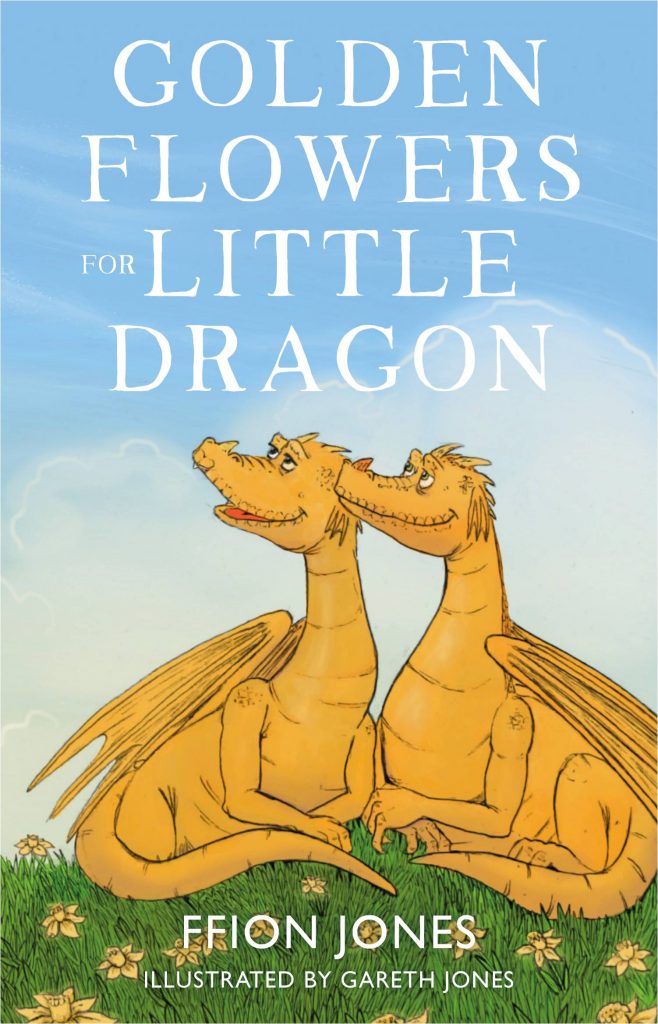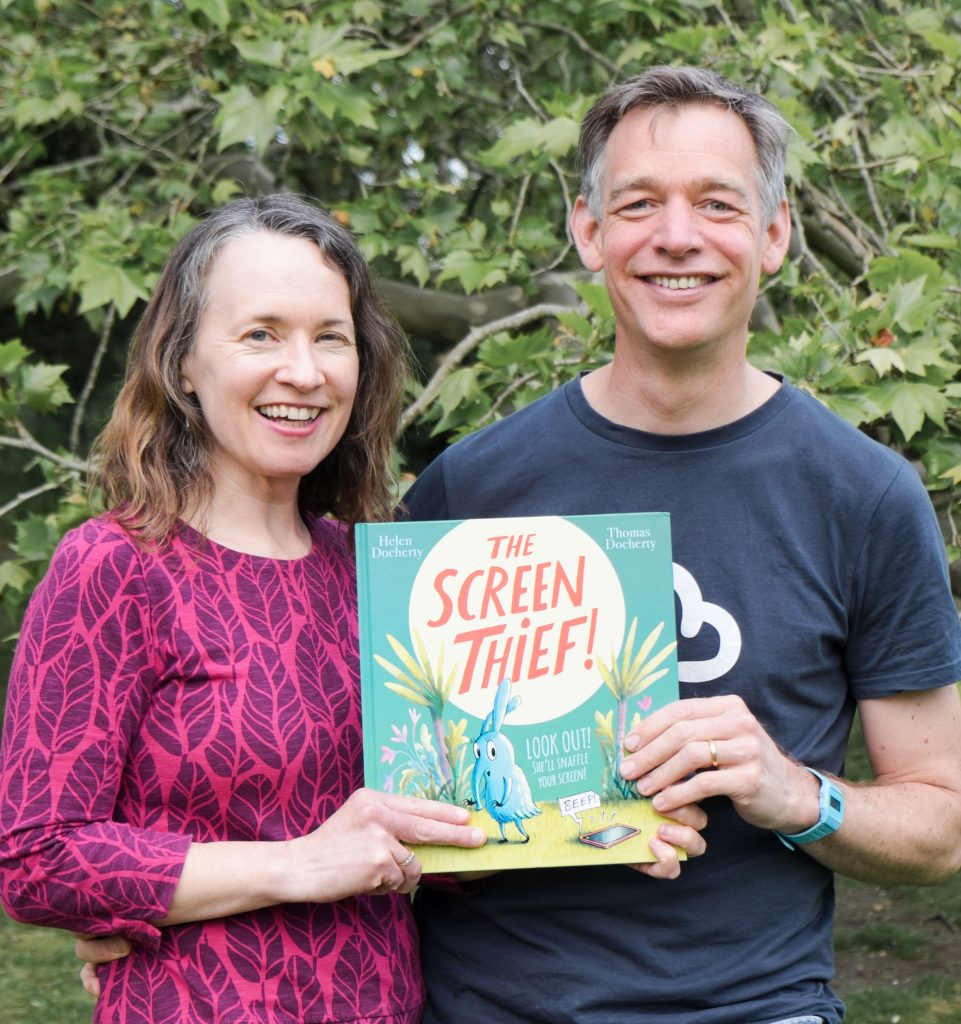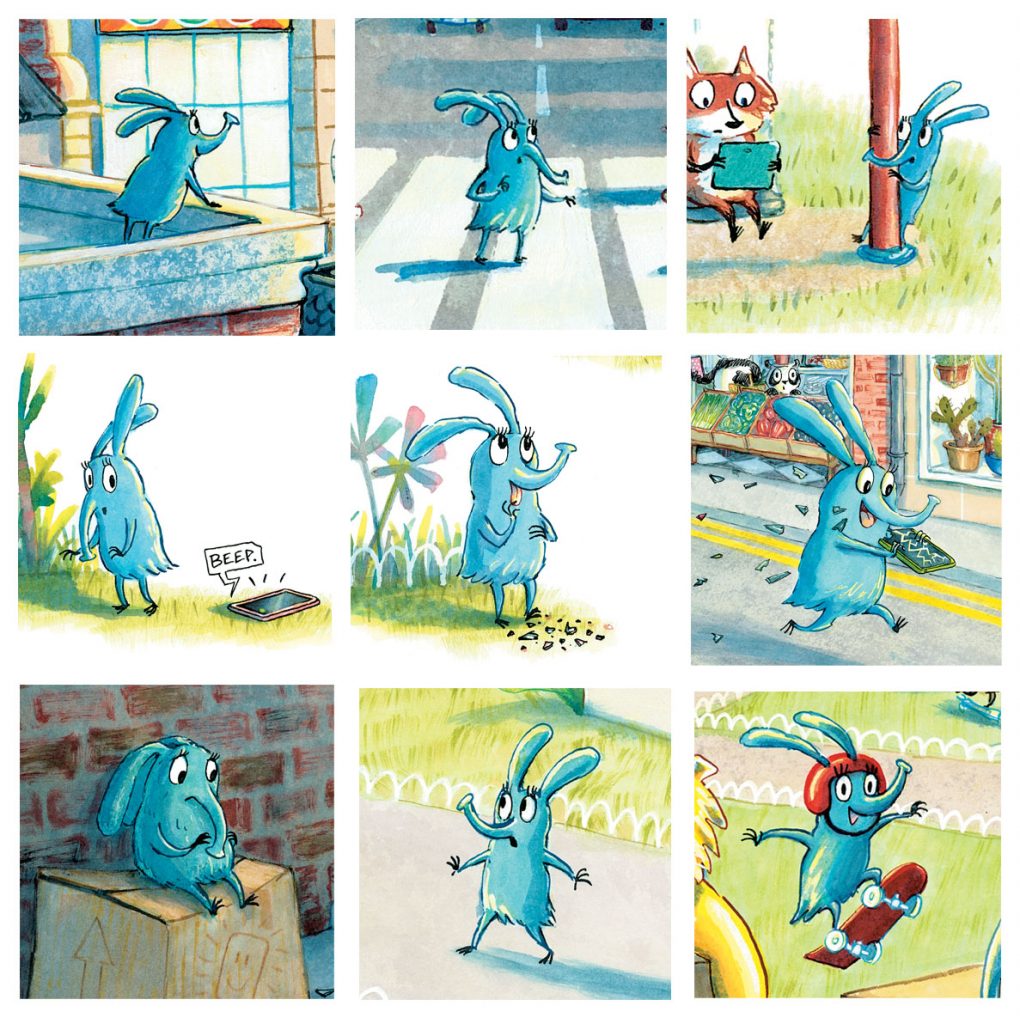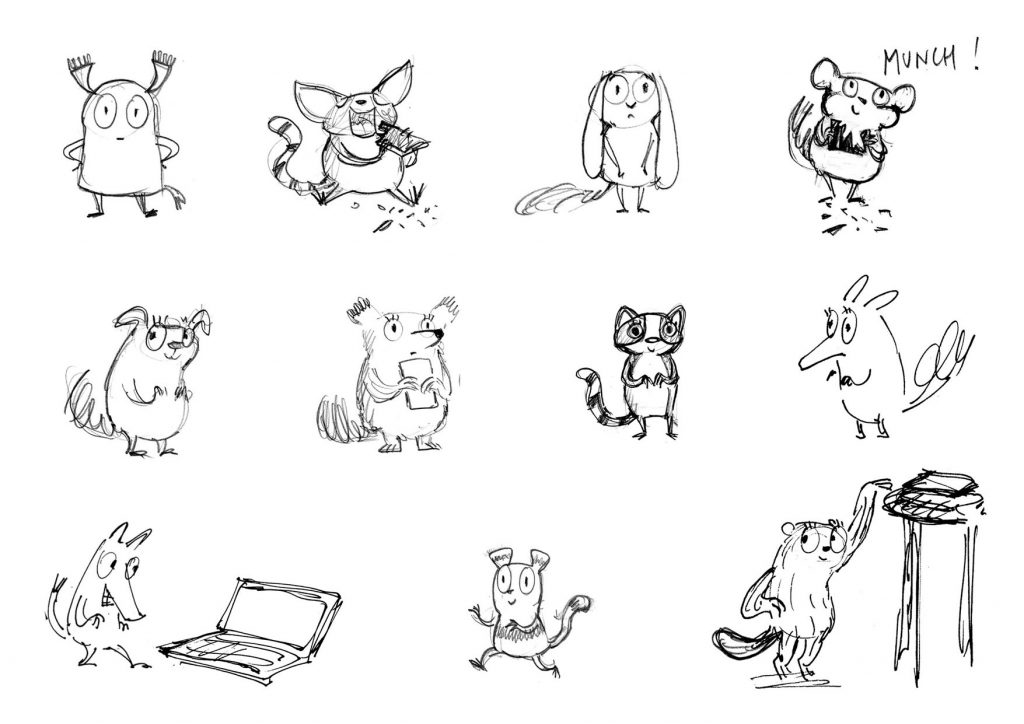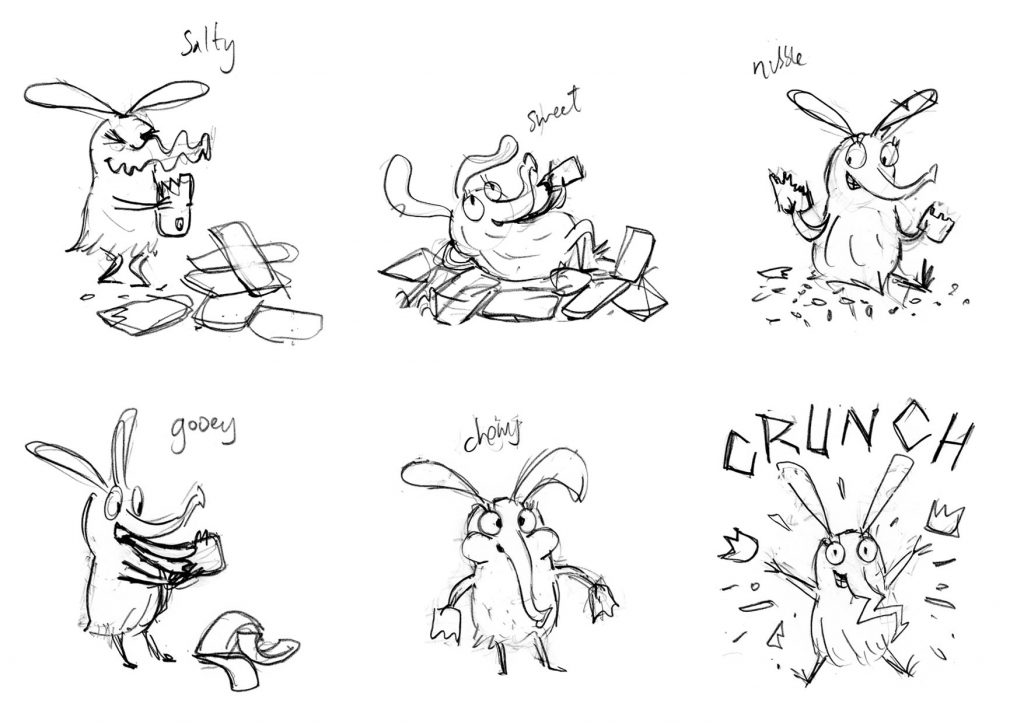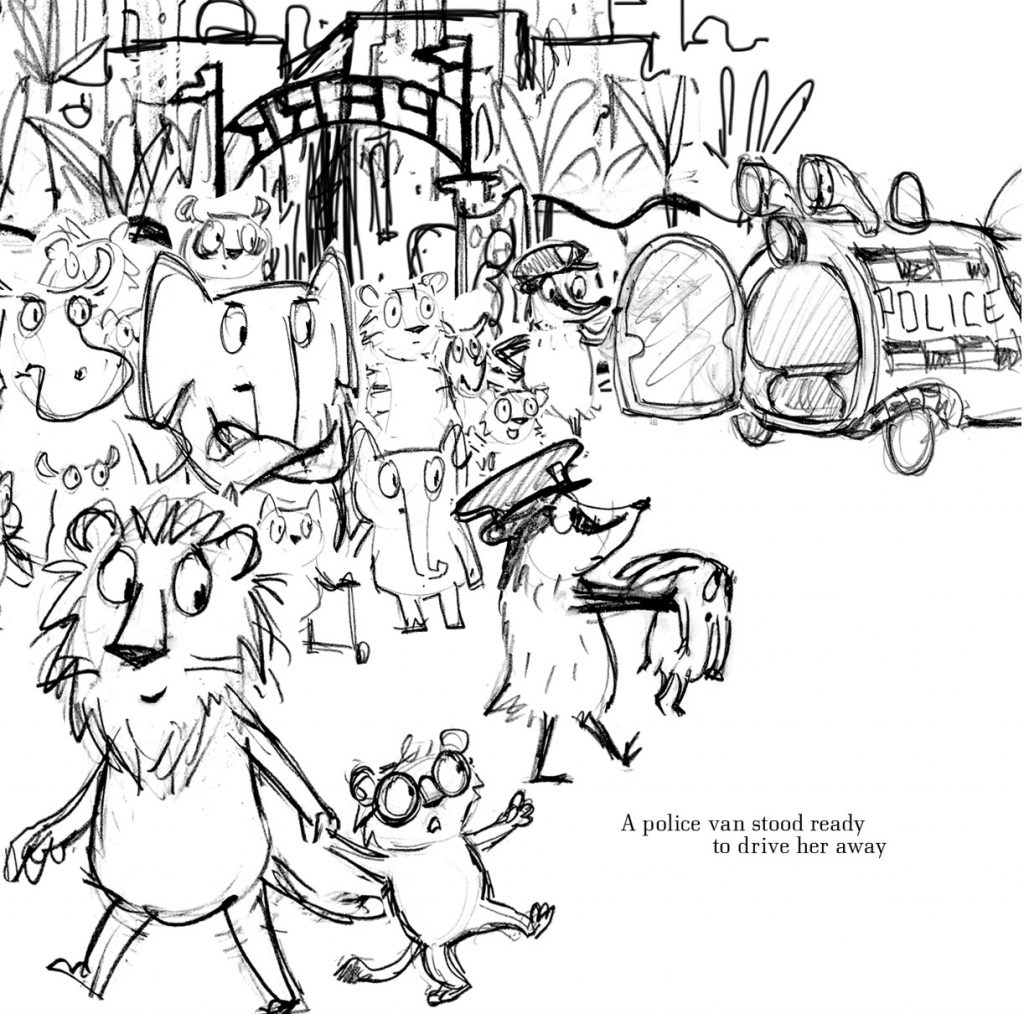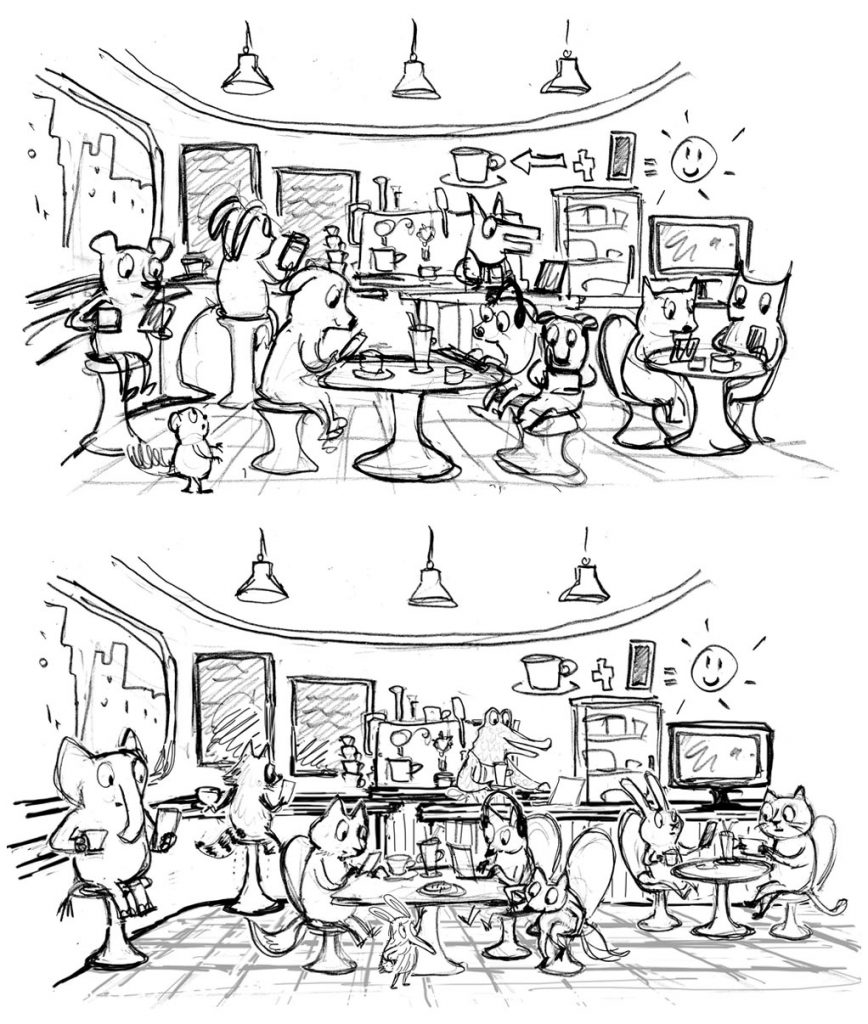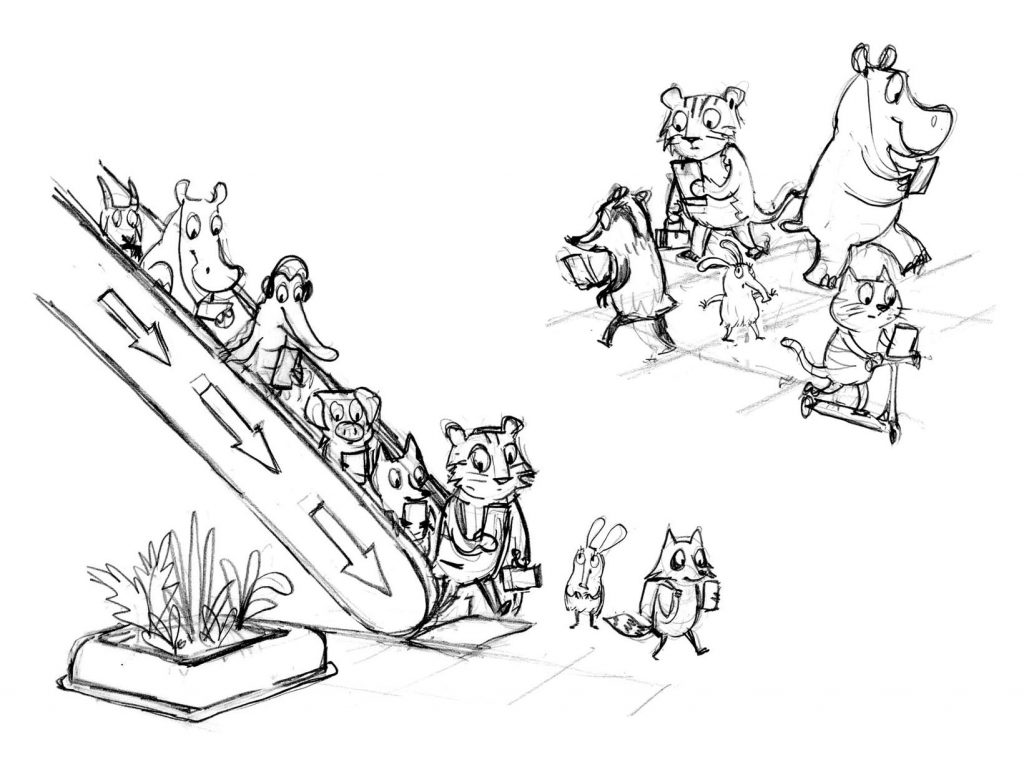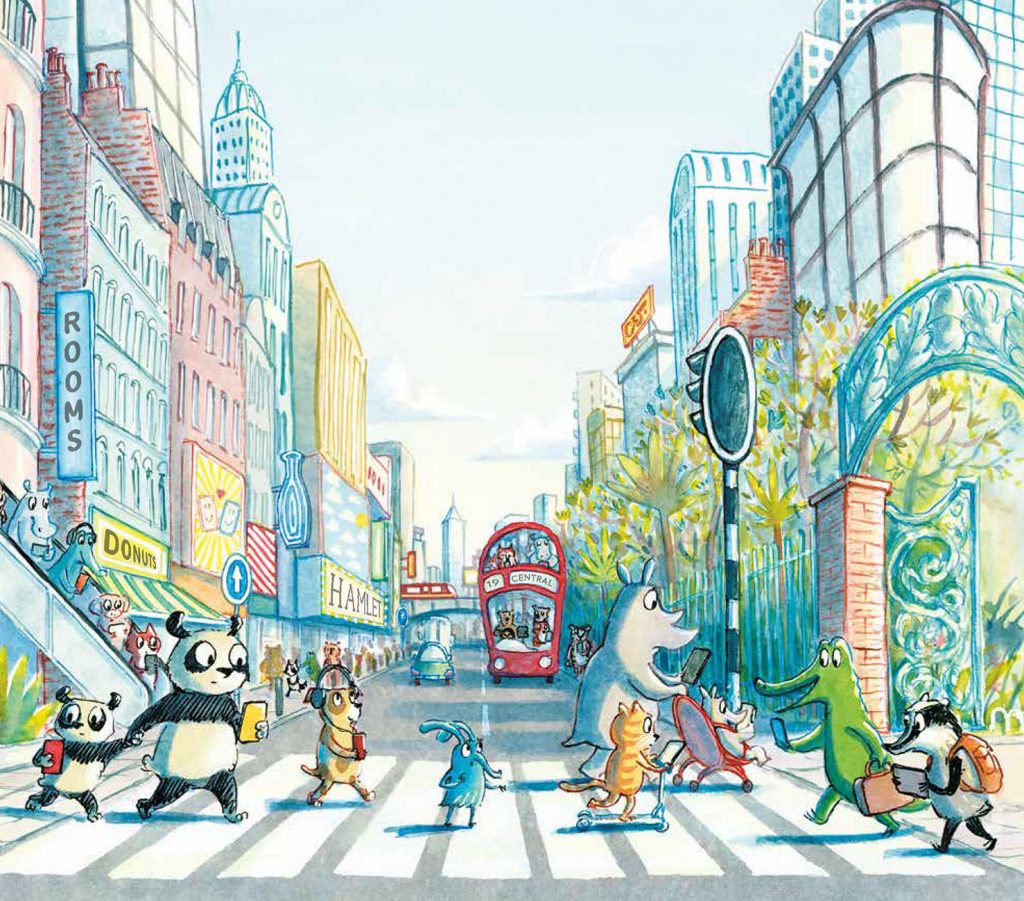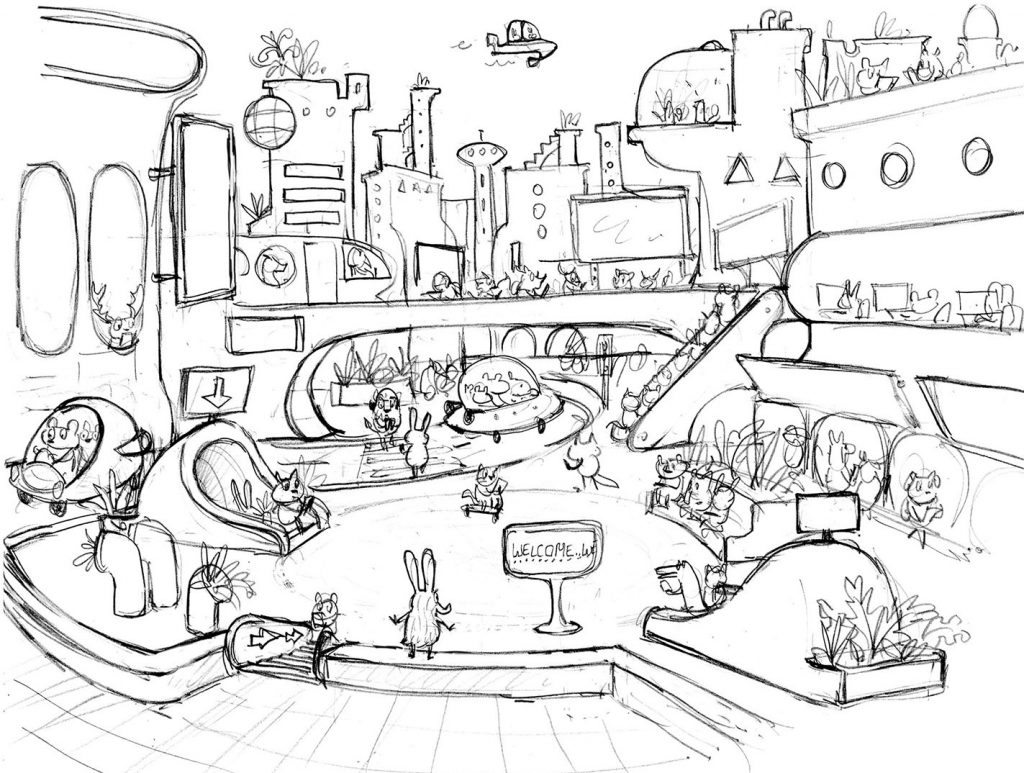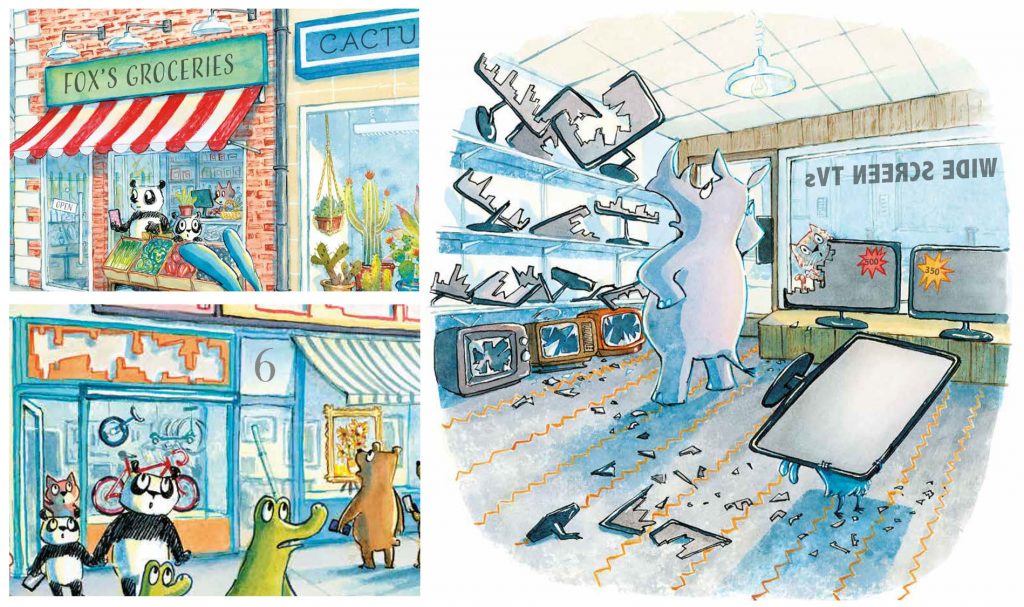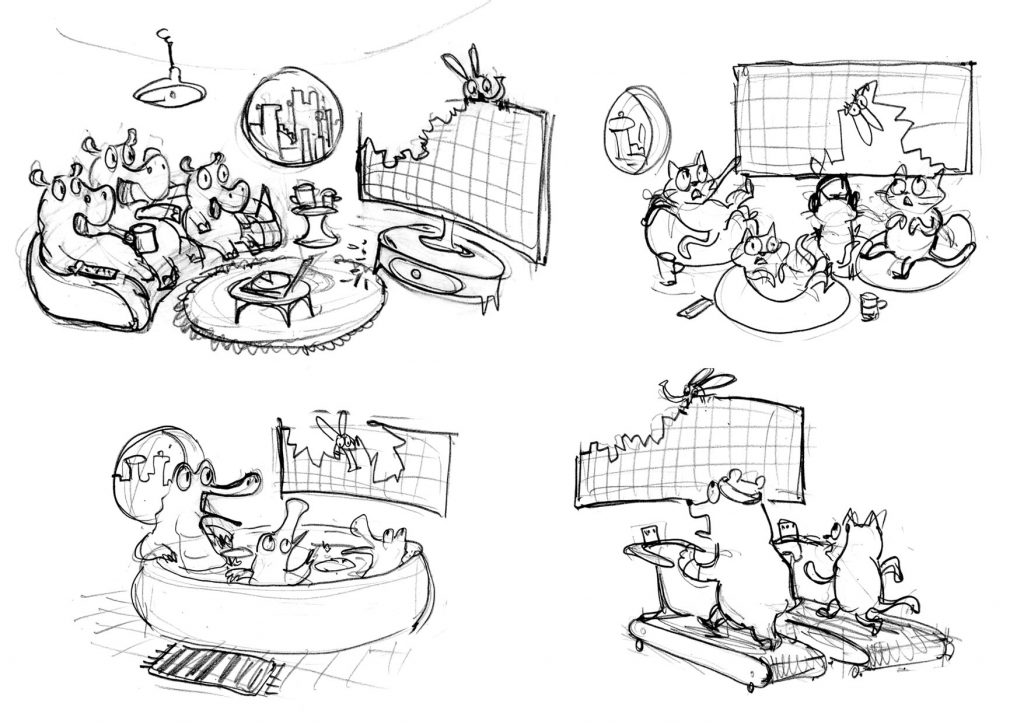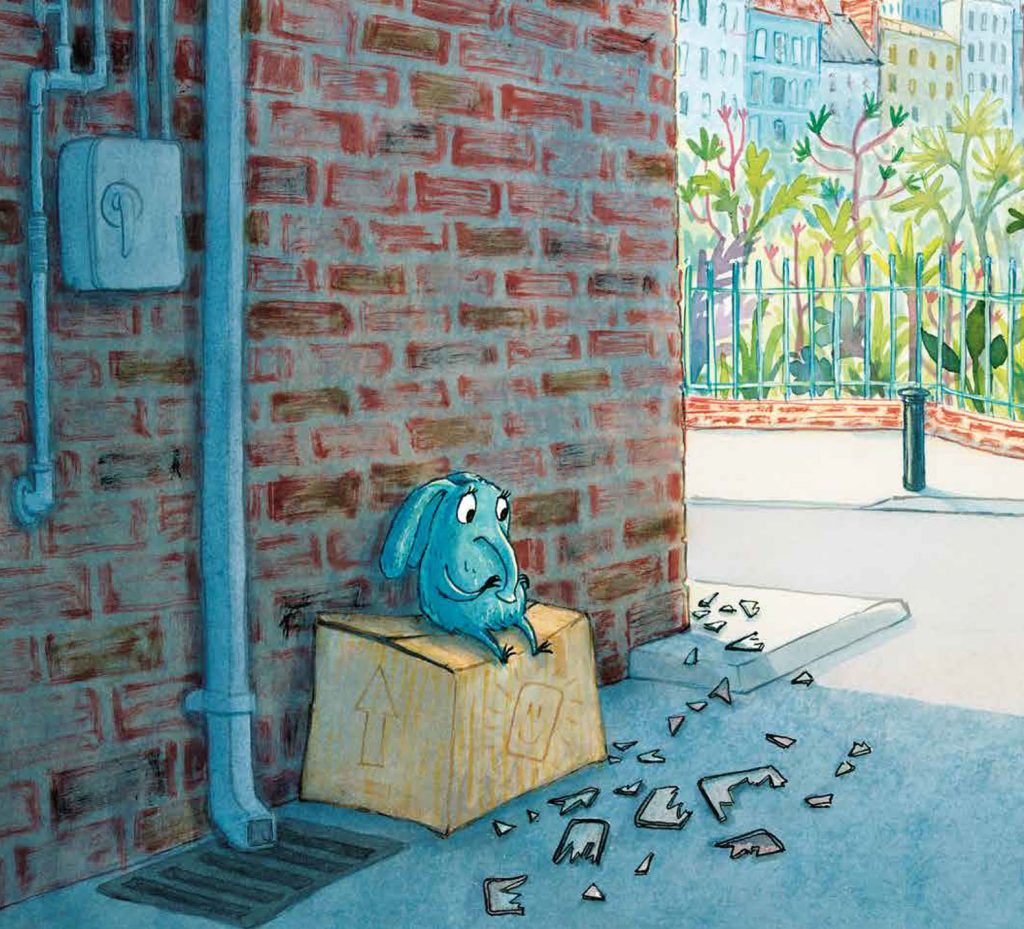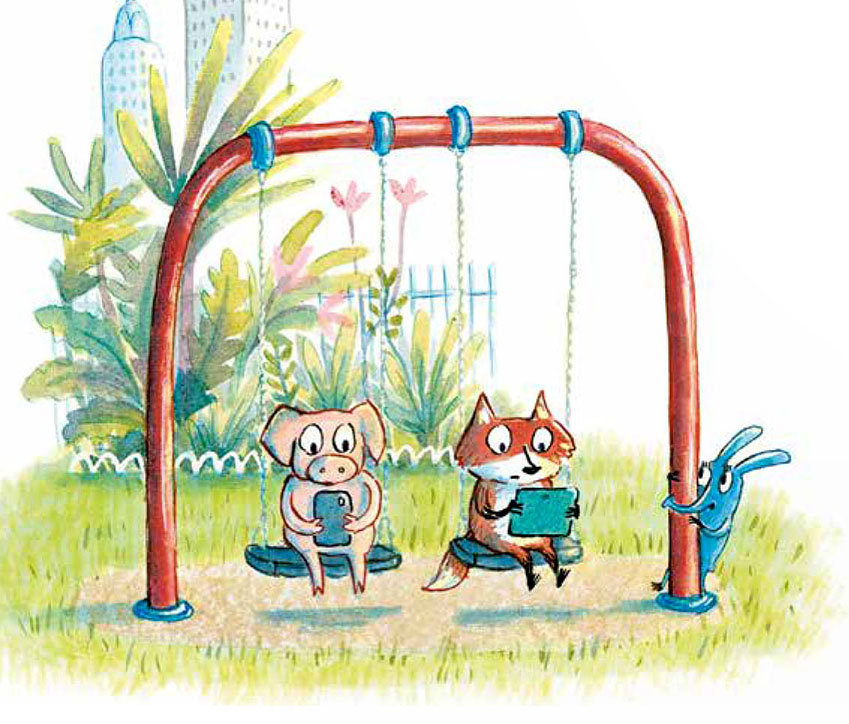The Song That Sings Us is an exhilarating new novel from Nicola Davies to be published in October by Firefly Press. We feel hugely privileged to be asked to reveal the cover which features stunning artwork by Jackie Morris.

The Song That Sings Us is the story of twins Ash and Xeno, and their older sister Harlon, who has been raised to protect her younger siblings because they have siardw: a power to communicate with animals that is outlawed by the state. But when the ruling sinister Automators attack their mountain home, they are forced to flee for their lives. It is an immediately gripping edge-of-the-seat first chapter, which sees the siblings escape on snowboards down a dangerous gully.
The thrilling and dangerous adventure continues as each must journey alone through the ice fields, forests and oceans of Rumyc to try to rescue the others and fulfil a mysterious promise about a lost island made to their mother.
Nicola told us: “The Song that Sings Us is rooted in all that I really know about animals; their ability to think, to feel and to communicate. But it is not set in the real world; it is a fantasy adventure with chases and escapes, fights and mysteries, death and miraculous life. It contains magic, but that part of the story is real – the real magic of nature with which every human has deep need to connect.
“I hope that, in travelling to this fantasy world, readers will see the truth of ours.”
“I want to inspire a beautiful rebellion of invention and creativity against the darkness that threatens to engulf the glorious brightness of the natural world.”
Nicola Davies
The book has a touching dedication to Jackie Morris, Cathy Fisher and Molly Howell, and whilst Jackie Morris and Nicola Davies have been friends for years, this is the first time they have worked together. As well as the cover illustration, Jackie has created beautiful artwork for the chapter headings.
Jackie Morris said, “When you love a book so much it is the hardest thing to work on the cover. I try to give everything to every piece of work I do, but in this case there was the long friendship I have with Nicola Davies, a person I both love and admire, AND the fact that the story is amazing.
“Trying to do the words justice is always the problem. For this cover I worked on clapboard, a medium new to me, but one that made the colours of the starling really sing. They are such beautiful birds. And it was so important that the image sings, in every way possible. Finding the image for the book, that’s another problem, but somehow that little starling, so full of its own power, she is what sang out from the text.
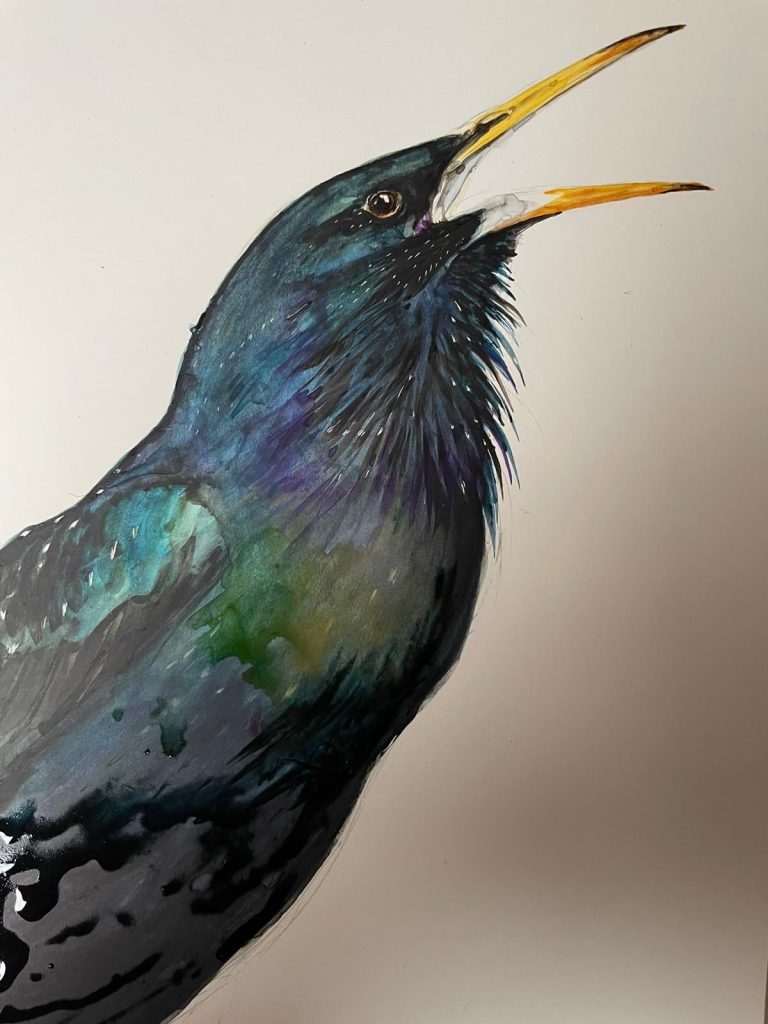
“I heard this book first. Nicola and I often would call each other when we’d done the first drafts of a work, and read to each other. Restrictions had eased and Nicola, Cathy Fisher and I were a bubble, and Nicola would come around every week with the next ‘instalment’. How utterly amazing. It made images dance in my mind’s eye. It was an honour and a privilege to work on this cover. For now it’s the best it can be, and my hope is it’s the beginning of a series. I cannot wait for the next one.”
Special proof copies of The Song That Sings Us are landing on doormats this week. A limited edition deluxe gift hardback, is available to pre-order now and will be published on 14th October 2021. Visit the Firefly Press website to place your order.
Follow Nicola and Jackie and Firefly on Twitter for more updates. You can listen to Nicola read the first chapter of The Song That Sings Us below.
